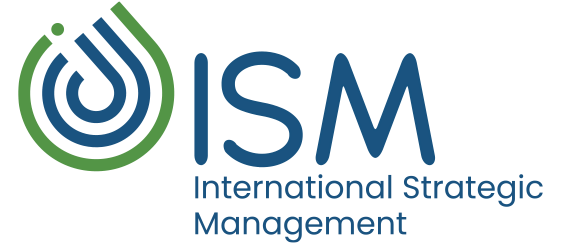Building Entrepreneurial & Small Enterprise Support Programs
Image from Unsplash by Antenna
I’ve been developing programs for communities to ensure that entrepreneurs learn how to start or grow businesses, and small business owners know how to grow their enterprises, for 30+ years.
Through this process, I’ve interacted with individuals in over 80 industries — coffee shops, medical devices, aerospace and so many more. I’ve come to learn that there are certain things you will want to do when developing programs, to ensure that you meet the entrepreneurs where they are.
Occasionally I’ve noticed organizations want the entrepreneurs to be at a certain level before they help them move forward. Knowing what level you need them to be at is key to ensuring the programs you deploy will be of benefit to them.
But to get them to where you want them to be, the key is meeting them where they are — offering programs that can help them move the needle.
The question I frequently hear is: How do we develop these programs and make them essential?
While I can’t tell you what to do or not do, I am sharing with you what we’ve seen work and what we’ve done with our partners and organizations we work with that have made a big impact in the communities.
These tips hopefully will spark some thoughts for you to help you think through what you can do to support entrepreneurs where they are and give them what they need to move their idea or business forward.
There are specific steps we follow every time we launch a program, to help develop a program that can get them where the organization wants them to be, so they could support them in a meaningful way.
Community background. You want to know about their community — what they do, what they’ve done, and what are they trying to do. Where the community is going is key!
Understanding the goals and aspirations of the community as well as the entrepreneurs. Make sure there is alignment between the entrepreneurs goals and the communities goals. If they are not aligned, meet them where they are or want to be by creating programs to build a bridge between them.
Understanding the types of businesses. You could have a blanket program, use the same template but make modifications of what you say, how you say it, when you say it, and who says it, to make sure you are supporting them where they are. EXAMPLE: Starting a tech business vs a retail shop or a service company. They can all use a business model canvas, or business planning as a tool, what you say in each category and how you say it and the examples you use are key.
Understanding the strategies that you are trying to reach as entrepreneur’s and businesses, and the business stage — are they a start-up idea, in a growth cycle, or a sustainable idea — then design, implement, and pilot. In the pilot you will discover who comes to this program, how they react to what you’ve designed, etc. I’ve learned that while we could use an out-of-the-box program because we don’t need to design from scratch, that could help us in the design of the program next time we deploy it.
BEFORE YOU GO
We see our blogs as opportunities for dialogue. Please share your thoughts as comments.
What programs are there you could use today to deploy to pilot?
What can you learn during the process of deploying this program that could help you modify the next phase if it?
What other tools have you used to deploy programs in your communities?
_____
Faris Alami is Founder and CEO of International Strategic Management, Inc. (ISM). He works internationally, presenting Exploring Entrepreneurship Workshops and other entrepreneurial ecosystem — related ventures.
 USA / English
USA / English عربى
عربى Pусский / Россия
Pусский / Россия
